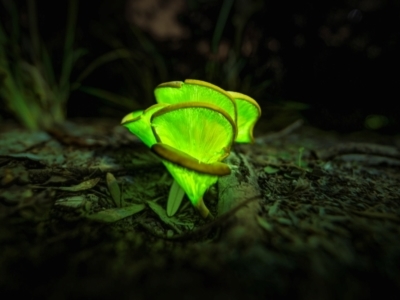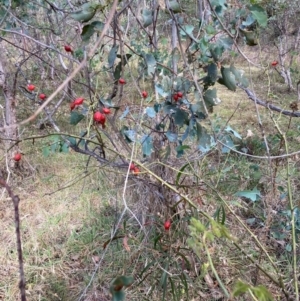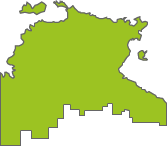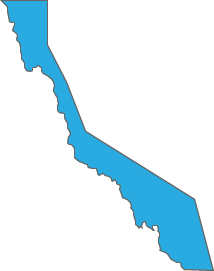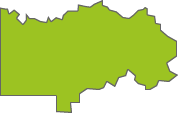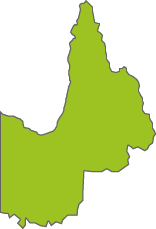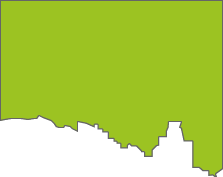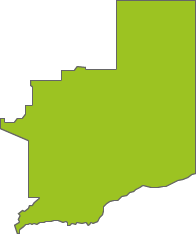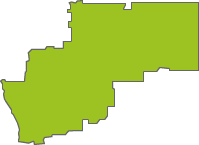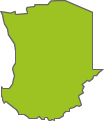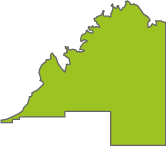Top species richness
Announcements
Hello NatureMaprs,We are desperate for testers. This is call for anyone who'd like to be involved in testing our 4.4.0 mobile update. We need as many testers as possible to ensure the application runs...
Continue reading
NatureMapr Data Management and Privacy Policy update
Exciting mobile app updates under way
Future of NatureMapr survey results and update
Discussion
Acaena novae-zelandiae
Lasioglossum sp. (genus)
Crataegus phaenopyrum
Crataegus phaenopyrum
Significant sightings
- Myrtus communis subsp. tarentina at Urambi Hills
- Sauroconcha gulosa at Broughton Vale, NSW
- Araujia sericifera at Red Hill Nature Reserve
- Lycopodium deuterodensum at QPRC LGA
- Mirbelia pungens at Rob Roy Range
- Tetramesa sp. (genus) at Molonglo River Reserve
- Telala musiva
- Keyacris scurra
- Gentianella muelleriana subsp. jingerensis at Namadgi National Park
- Gentianella muelleriana subsp. jingerensis at Namadgi National Park
Latest identifications
Crataegus monogyna at Mount Majura
Crataegus monogyna at Mount Majura
Acaena novae-zelandiae at Mount Majura
Amenia imperialis at Wollondilly Local Government Area
Crataegus monogyna at Mount Majura
Nassella trichotoma at Watson, ACT
Crataegus monogyna at Watson, ACT
Acacia baileyana at Watson, ACT
Lasioglossum sp. (genus) at Namadgi National Park
Elanus axillaris at Lawson, ACT
Elanus axillaris at Lawson, ACT
Conoeca guildingi at Point 4997
Stellaria pungens at Point 4997
Top contributors
- AlisonMilton 12.4K
- trevorpreston 12.2K
- michaelb 10.2K
- Tapirlord 9.4K
- RodDeb 9.2K
- Mike 8.3K
- KylieWaldon 6.1K
- kasiaaus 6.1K
- jb2602 6K
- MatthewFrawley 5.5K
Top moderators
- MichaelMulvaney 42.4K
- Tapirlord 21.9K
- natureguy 15.1K
- donhe 12.5K
- Liam.m 11.6K
- michaelb 11.6K
- ibaird 10.7K
- KimPullen 7.9K
- MatthewFrawley 5.8K
- AlisonMilton 5.3K
Explore Australia by region
Australian Capital Territory
Canberra & Southern TablelandsNew South Wales
Albury, WodongaCanberra & Southern Tablelands
Central West NSW
Far West New South Wales
Greater Sydney
Hunter Region
New England
New South Wales North Coast
Riverina Murray
South Coast
Southern Highlands
Northern Territory
Central and BarkleyTop End and Big Rivers



